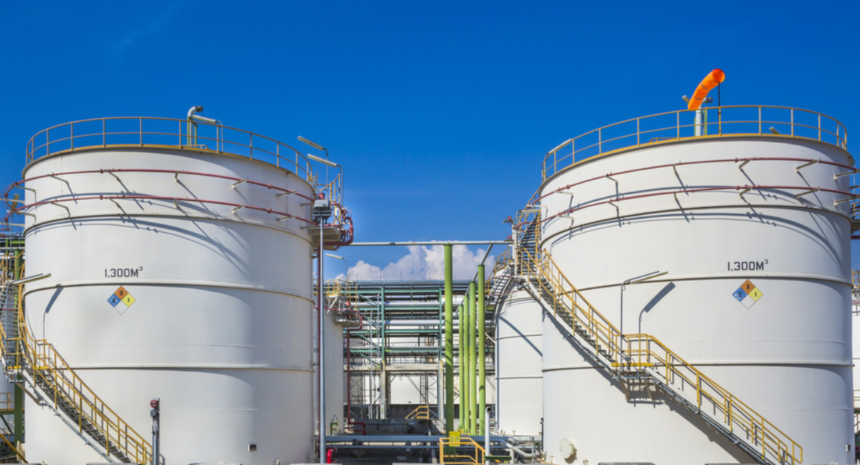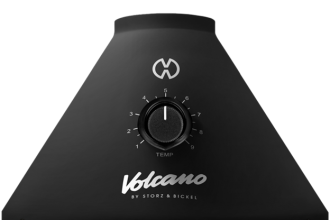Replacing an aging oil tank is a vital step in maintaining safety, efficiency, and compliance with environmental standards. Evolving heating needs demand attention to tank condition, preventing costly repairs and ensuring efficiency. Replacement is necessary when corrosion, leaks, or outdated designs compromise performance. Here are key features that contribute to a longer lifespan, improved safety, and overall value.
1. Corrosion-Resistant Material
Oil tank replacement usually involves upgrading to modern storage systems built with high-grade, corrosion-resistant materials. Tanks made from double-walled steel, fiberglass, or polyethylene offer enhanced durability and minimize the risk of leaks or environmental damage. Composite models, which feature layered construction, add extra protection against moisture, rust, and chemical exposure. When exploring replacement options, build quality and resistance to corrosion should be at the top of the checklist.
2. Secondary Containment Systems
An advanced containment system adds a layer of protection. Double-wall tanks or those with integrated containment trays are designed to capture any accidental spills, preventing oil from seeping into the ground. This feature is significant for those located indoors or in environmentally sensitive areas. Investing in this safety feature can offer peace of mind and help avoid costly clean-up or legal issues.
3. Proper Sizing and Capacity
Size plays a critical role in performance and fuel management. The right capacity depends on the building’s size, heating demands, and frequency of fuel delivery. Oversized units may take up unnecessary space and lead to stagnant fuel, while undersized tanks require more frequent refills. Many property owners benefit from consulting with professionals who can assess heating needs and recommend an ideal size for optimal efficiency. Additionally, newer tanks come with easy-to-read gauges and monitoring systems to track fuel levels accurately.
4. Advanced Monitoring Technology
Modern oil tanks are often equipped with smart features for easier maintenance and monitoring. Leak detection sensors, digital level indicators, and remote tracking systems are becoming standard in modern models. These tools help identify issues before they become major problems and allow for real-time updates on fuel usage. These features reduce the risk of disruptions and support better fuel budgeting and maintenance planning.
5. Compliance with Safety and Environmental Regulations
Regulatory compliance is a crucial consideration when upgrading a storage system. New tanks must meet regional safety codes and environmental regulations to ensure proper installation and operation. Models that are UL-listed or certified by recognized industry bodies guarantee a certain standard of quality and reliability. Adhering to regulations protects the environment and reduces liability risks for property owners.
How Professionals Ensure Secure Replacement and Avoid Potential Dangers
Certified professionals follow a structured process to ensure that oil tank replacement is carried out safely and efficiently. This includes thorough site assessments to evaluate the condition of the existing tank, determine the appropriate replacement model, and identify any environmental or structural risks. The proper removal of old units is critical, as mishandling can lead to leaks or contamination.
In addition to precise installation, professionals utilize specialized equipment and containment methods to prevent spills during the transition. Every step, from securing the tank base to verifying ventilation and fuel line integrity, is designed to minimize hazards. Post-installation inspections and system tests confirm that the new one is functioning safely. By relying on skilled technicians, property owners can avoid common pitfalls and ensure long-term performance with minimal risk.
Choosing the right features when replacing outdated tanks can significantly enhance safety, longevity, and efficiency. Modern advancements, from corrosion-resistant materials to smart monitoring technologies, provide more reliability and convenience in oil tank replacement. Proper sizing, secondary containment, and regulatory compliance complete the list of essentials.















